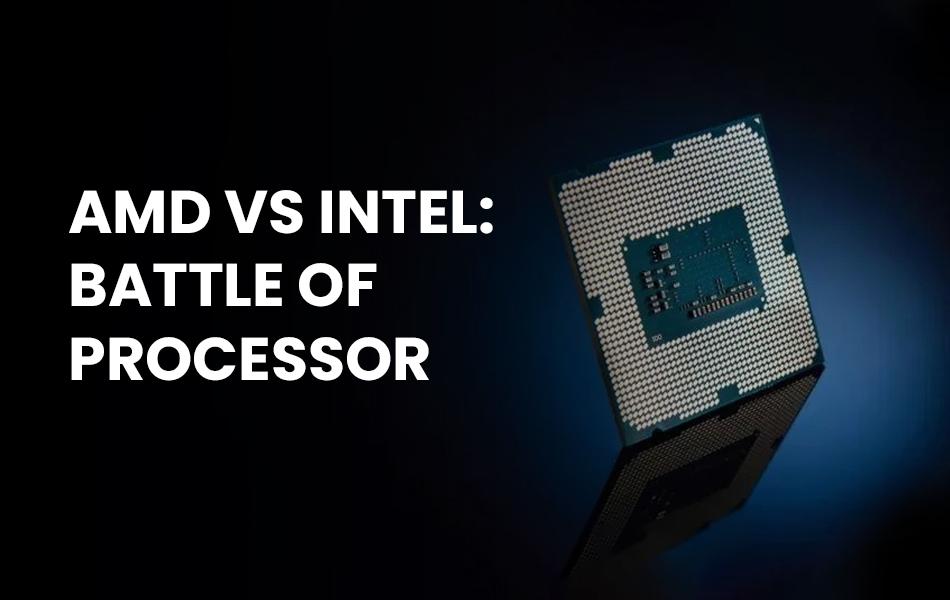CPU (Centeral Processing Unit), or simply processor, is the brain of every computer. It is basically the one responsible for all the tasks a computer carries out. That is why it is of utmost importance that one should select the one that fits one’s needs. With the advent of technology, there are now various options to choose from. But before one can choose the right device to use, there are also many factors to consider before buying. Have no fear, good folks down at memoryclearance.com have crunched the numbers and run the tests to save you time and energy and bring to you the ultimate face-off for you to see, choose and decide on two of the best options available in the market today.
When it comes to processors, Intel, a semiconductor chipmaker based in Silicon Valley, is definitely a top-tier brand as most computers are powered by an Intel CPU. But Advanced Micro Devices (AMD), also a semiconductor company, has given Intel a run for its money and has been gaining market share in recent years. While Intel has been producing its own chips through its various factories, it is only with the acquisition of ATI, a manufacturer of graphics processing unit and chipset, by AMD in 2006 that paved the way for the firm to join Intel in delivering integrated graphic chips. Though AMD outsources its manufacturing, it still does research and development in-house.
Consumers are not only after looks and performance or brand affiliation of the products, of course they will go for the brand with the best value for money. With this in mind, AMD chips are way cheaper compared to the ones made by Intel. But not to be marginalized, AMD has also launched high-end processors called Ryzen. Still, Intel boasts a huge portfolio as compared to AMD, which is why they are heavily consumed budget-friendly CPUs. In the low end of the market, however, Intel and AMD processors typically retail at about the same price. While Intel produces 3D graphics capable stand-alone devices, it is in integrated graphics that it stands out. Most laptop brands with Intel processors already have a separate integrated graphics card on-board.
It is highly efficient when it comes to single-core tasks and power-saving performance. AMD, on the other hand, has developed a single chip called Accelerated Processing Unit that combines its processor cores and its Radeon-branded graphic cores, which makes it better when it comes to high-end graphics for gaming. It is also better at carrying out numerous tasks all at once but is prone to excessive heating.
The experts have memoryclearance.com have concluded that apparently, CPU cores are important to Intel, while AMD goes for performance per watt. When talking about parts and availability, AMD has compatibility issues due to limited stocks of parts. Both processors have different motherboards and sockets, although Intel parts can be sourced everywhere due to a much larger global footprint in contrast to AMD’s. Given all that, choosing a processor really depends on the level of functionality a consumer will require of his or her laptop computer. Be it for gaming, school or work, there is surely a suitable processor for a given purpose on the market. But Intel and AMD are not resting on their laurels: they still keep on outdoing each other, especially when it comes to their latest innovations — and this ongoing animosity and competition is a win-win for the consumer.

